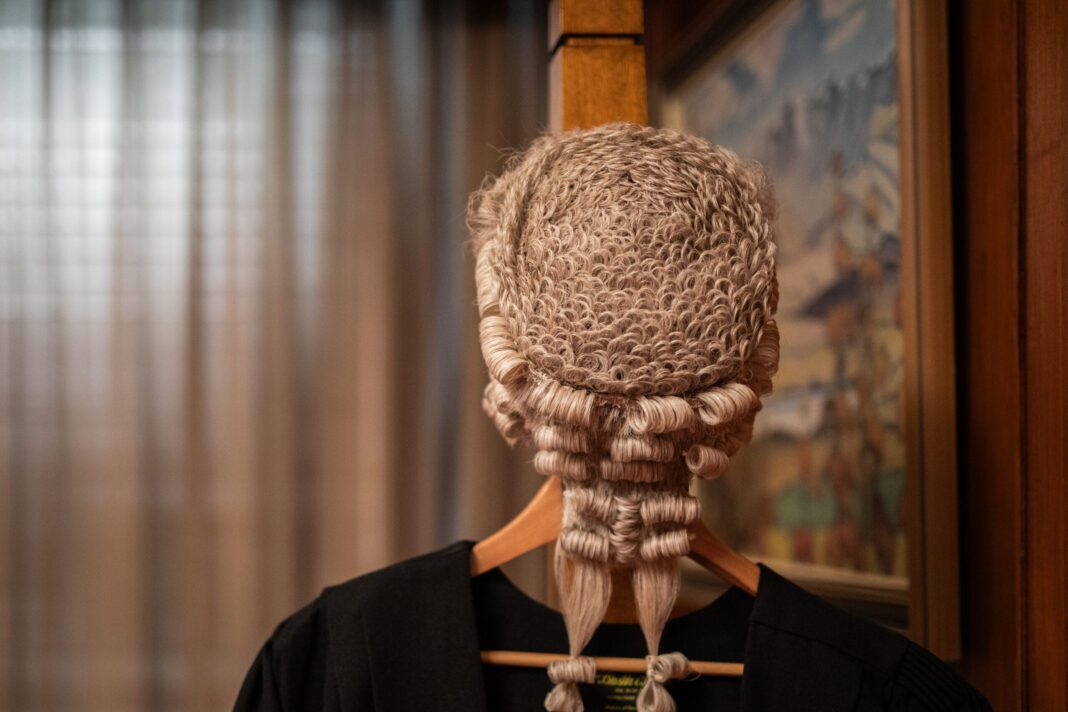Sir Marcus Smith J defends originality with colourful sketch amid KC-stacked court battle
It’s not often a judge’s own diagram becomes the centrepiece of a complex legal decision — but Sir Marcus Smith J has added a vivid twist to a landmark competition case, complete with his own hand-drawn chart.
In a 278-page judgment packed with dense legal argument, five KCs and heavyweight firms like Linklaters, Jones Day, and Milbank battled over intricate points of market structure and liability. But it was Annex 3, tucked away at page 222, that sparked online commentary — “The Tribunal Diagram,” as titled by the judge himself.
The diagram, splashed in rich colour-coding, offered the judge’s personal visualisation of the contractual and market relationships at play. Sir Marcus Smith didn’t just draw it — he referenced it during trial and used it to reinforce that his conclusions weren’t invented out of thin air.
In paragraph 19 of the ruling, he addressed criticisms that he had adopted an approach “not argued by the parties.” His reply: “The diagram at Annex 3” had been under regular review during proceedings. Later, in paragraph 255(6), he doubled down: “My concern to understand the operation of the market was evident throughout the hearing.”
Embed from Getty ImagesIn contrast, diagrams offered by the legal teams in Annexes 2 and 4 felt staid — corporate, grayscale, and lacking the punch of Sir Marcus’s colourful entry.
Aidan Robertson KC, a leading silk in competition law from Brick Court Chambers, highlighted the judge’s artistic addition on LinkedIn, calling it “unprecedented… so far as I am aware.” Legal commentators were quick to celebrate the move as both practical and refreshingly human.
Sir Marcus Smith, a former silk at Fountain Court, has developed a quiet reputation for injecting flair into his judicial reasoning. In a past case, he explored why free market economies give rise to firms, citing 17th-century joint-stock companies — not exactly textbook CAT fare.
Though striking, Sir Marcus isn’t alone in creative courtroom expression. A UK family law judge once used emojis to explain legal orders to children. Across the Atlantic, one judge inserted a gumbo recipe in a Trump-related ruling, blending food and footnotes to unusual effect.
This ruling, however, may mark a new kind of courtroom art — where colour and contracts collide.
